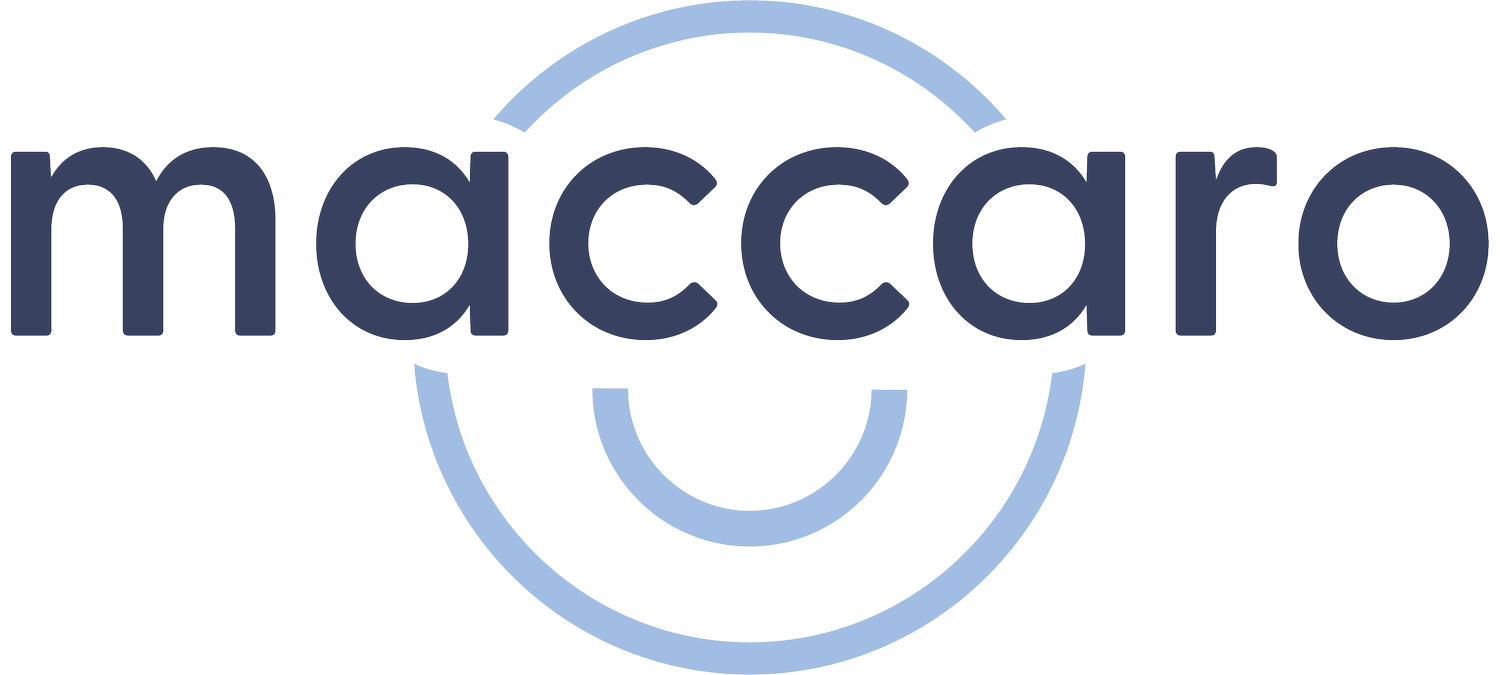What Toothbrush Should My Child Be Using?
When it comes to your child’s oral health, there’s no denying that they need your help. Whether it’s scheduling appointments or a timely reminder to brush their teeth, it’s safe to say that you as the parent are going to be pretty involved. One of the many tasks you’ll need to handle is making sure they have a good toothbrush. With so many options out there, it’s no wonder you might be at a loss as to which one to buy.
Size
To start with, it’s important to make sure that your child’s toothbrush is the right size. In this case, size refers to the size of the head of the toothbrush, though toothbrushes with larger handles may be a bit easier for smaller hands to hold onto and manipulate. Children under two should use a brush with a head that is 15 mm in length. Those 2-6 should use one with a head length of 19 mm. 6-12 should use 22 mm toothbrush heads, and anyone over the age of 12 should use one with a 25 mm long head. A toothbrush that is the right size will make it easier to get to the teeth in the back.
Bristle Strength
The strength of toothbrush bristles ranges from extra soft to hard. The stronger the bristles, the more effective they’ll be at removing food debris and plaque. Stronger doesn’t always mean better though. Stronger bristles can damage enamel and gums, sometimes doing more harm than good. For most people, soft bristles are the safer, more comfortable option. If your child’s gums or enamel are sensitive or delicate, extra soft bristles may be the best option.
Electric vs Manual
You may have been told that electric toothbrushes are superior to manual toothbrushes. The fact is that they do tend to be more effective at removing plaque than manual ones. On the other hand, they also come with a relatively hefty price tag. At the end of the day, the best toothbrush is going to be the one your child is willing to use. Just make sure it’s one that has the ADA Seal of Acceptance.
Having the right toothbrush can make a difference in the experience your child has with brushing their teeth. The right toothbrush will be a good fit for size and have an appropriate bristle strength. At the end of the day, the right toothbrush will be the one that your child is willing to use and that will be able to get the job done.
Have questions about dentistry? Check out our Dental FAQs page for answers to your questions.
